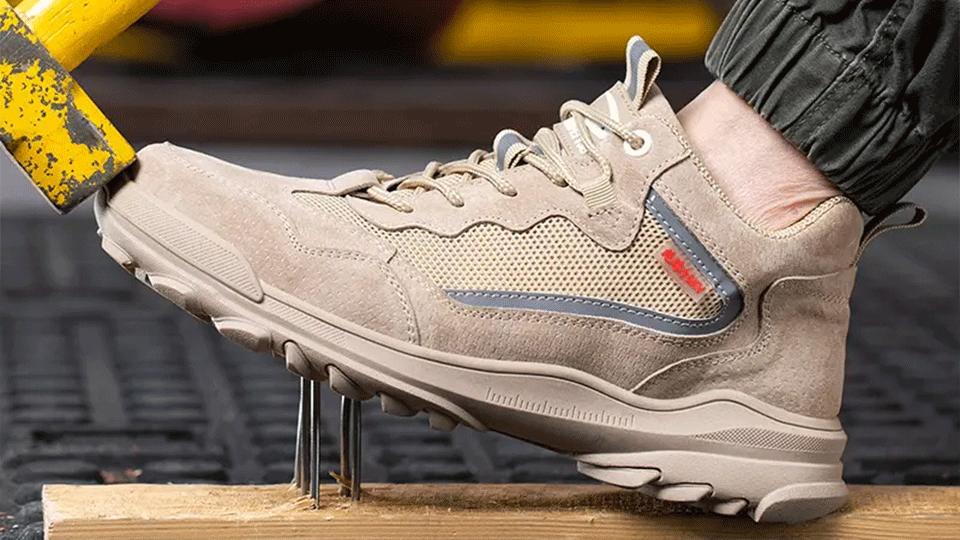

Safety shoes are an essential part of many workplaces, providing necessary protection from potential hazards. However, like any other type of footwear, they come with their own set of drawbacks. This comprehensive guide delves into the major cons of safety shoes, from comfort and flexibility to weight and cost. Understanding these factors can help you make a well-informed decision when it comes to choosing the ideal pair of safety shoes for your specific needs.
One of the significant drawbacks of safety shoes is the potential for discomfort. Due to their protective features, such as steel toe caps and metal underplates, they can often be rigid and uncomfortable, especially when worn for extended periods. This rigidity can lead to foot discomfort and even long-term foot health issues if not addressed promptly. When selecting safety shoes, look for designs with adequate padding and ergonomic features to help alleviate this problem, and remember that proper fitting is crucial.
Safety shoes are designed with one primary purpose in mind: to protect your feet. As a result, they often lack the flexibility offered by regular footwear. This lack of flexibility can make them less suitable for tasks requiring a high degree of foot mobility. However, it’s worth noting that many manufacturers are now incorporating flexibility features into their designs to provide a more comfortable wearing experience without compromising on protection.
Another potential downside of safety shoes is their weight. The protective materials used in their construction, such as steel or composite materials, contribute to their overall weight. This additional weight can lead to fatigue over time, especially in jobs that involve a lot of walking or standing. Fortunately, many manufacturers are now using lighter materials in their designs. However, these often come with a higher price tag, leading us to the next con – cost.
Safety shoes are generally more expensive than regular shoes. The specialized materials and design techniques used in their construction justify this cost. However, for some, the high price of safety shoes can be a deterrent. When considering the cost, it’s important to view safety shoes as an investment in personal safety and well-being. While they may be more expensive upfront, the protection they provide can prevent costly injuries in the long run.
In conclusion, while there are undeniable cons to safety shoes, their benefits, particularly in terms of safety and protection, make them a necessary piece of equipment in many workplaces. Understanding these drawbacks can help you make a more informed decision when choosing the right pair. With the wide variety of options available on the market, it's possible to find a pair that strikes a balance between comfort, flexibility, weight, and cost, meeting your specific needs and requirements.